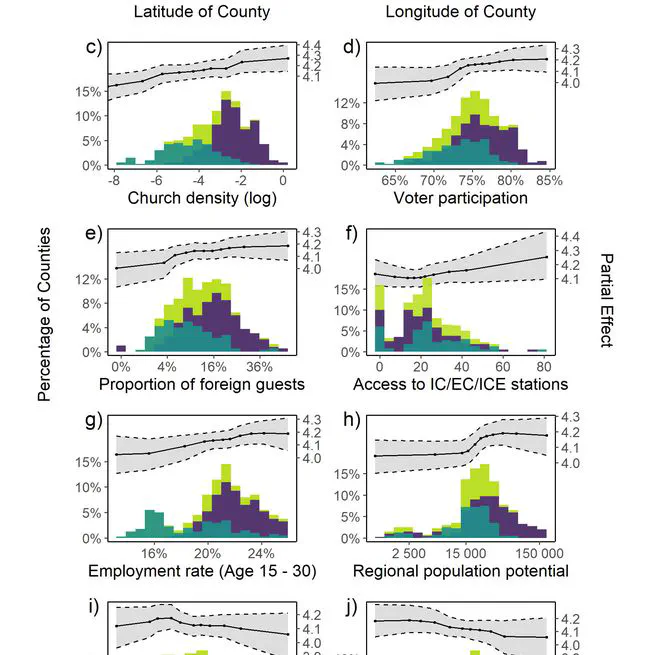
In our recent publication from 2020 we analyzed COVID-19 incidence rates using a multimethod approach. In this post I will present BART - a Bayesian machine learning algorithm - to model COVID-19 incidence rates.
Apr 20, 2021

As of 13 July 2020, 12.9 million COVID-19 cases have been reported worldwide. Prior studies have demonstrated that local socioeconomic and built environment characteristics may significantly contribute to viral transmission and incidence rates, thereby accounting for some of the spatial variation observed. Due to uncertainties, non-linearities, and multiple interaction effects observed in the associations between COVID-19 incidence and socioeconomic, infrastructural, and built environment characteristics, we present a structured multimethod approach for analysing cross-sectional incidence data within in an Exploratory Spatial Data Analysis (ESDA) framework at the NUTS3 (county) scale.
Aug 13, 2020